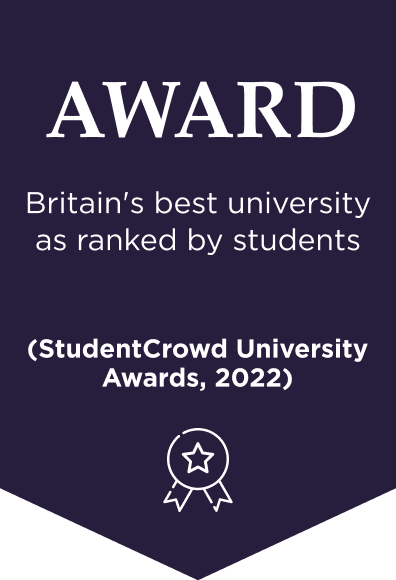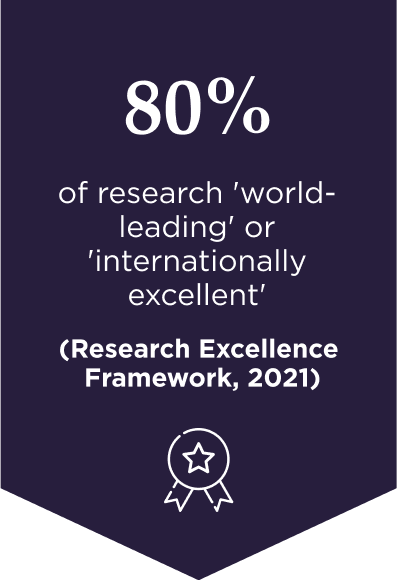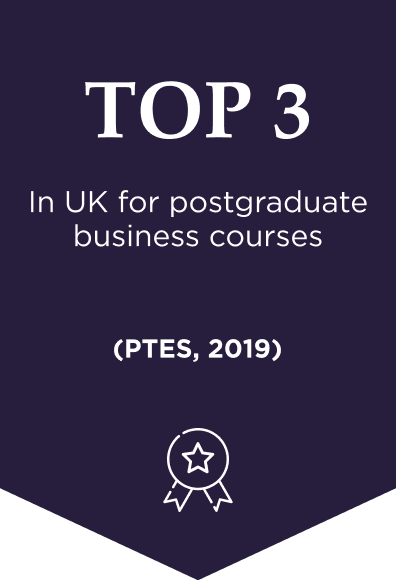The future of strategic teaching methods
Posted on: November 23, 2021
Like most sectors, the education sector has had to re-organise itself around the challenges and restrictions imposed by the global pandemic. Online learning has always been a viable option and one which many schools and universities had already integrated with blended learning. However, the learning experience tends to benefit from the variety and stimulation that comes from groups of students working together or learning outside the classroom, for example, on field trips. Video learning methods can offer breakout rooms which go some way to improving the experience of distance learning, but it will be interesting to see how teaching will remodel itself in the near future. There is the possibility of virtual reality becoming key to engagement in learning as well as more play-based, gamified approaches.
Generally, effective teaching strategies involve a mix of approaches that cater to different learning styles: visual, aural, kinaesthetic, social, solitary, verbal, and logical (although this methodology has recently been questioned). For example, some students may find that solitary learning is more suited to them, but personal development, thinking skills, and the learning process itself can be enhanced through the exchange of ideas and a level of adaptability to other styles.
Effective teachers usually start a lesson with an essential question that will bring focus to the session. Lesson plans can range from being very student-centred and involve classroom activities to develop problem-solving skills. Or they can include informative and instructional strategies, based on learning by rote, depending on the topic. It’s good to remember that learning achievement is not only measured by test results. Progress can be demonstrated by formative assessment as well as summative assessment. Formative assessment looks at learning goals on a day-to-day basis and includes things like questions, tasks, quizzes, and contribution to group discussions.
There are numerous teaching styles and learning strategies, some of which are detailed below.
Direct instruction
Out of all the teaching methods, this is the most traditional and widely understood method of teaching. It’s the teacher-centred approach that involves standing before a class and presenting information and instruction.
Some things are suited to an instructional style, like foundational, factual knowledge that simply needs to be learnt in order to progress to the next level. However, many other ways of interactive learning can be more beneficial for students. For example, movement in the classroom gives students more of a sense of agency in the development of their learning.
Cooperative learning
This is also referred to as collaborative learning and is student learning via group work. It’s one of the most used teaching strategies, but cooperative learning benefits from well-structured tasks that precipitate useful discussion and interaction. Competition can add an extra element to collaboration but shouldn’t be lent on too heavily so that the focus moves away from learning.
Inquiry-based learning
This method leads by asking questions to stimulate conversation. These can be open-ended questions and entirely subjective, the aim is to open up class discussions and encourage students to ask their own questions to aid critical thinking.
Differentiation
Differentiating tasks according to students’ learning needs helps mix things up and ensure that everyone is included. You can vary worksheets with a range of complexity for different sets of students. This lets those with higher academic capabilities feel themselves appropriately stretched while those a little behind don’t feel out of their depth. You could also set up a circuit of workstations around the classroom with an assortment of tasks and let pupils gravitate to what appeals to them. This organically creates smaller groups rather than the whole class interacting, which can also help with classroom management.
Positive differentiation can be difficult to achieve and can sometimes widen the gap in student learning. Interleaving and phased learning can be useful to counteract this. Interleaving encourages students to practice different skills at the same time while phased learning steps up the complexity of topics allowing students to see progress in their understanding.
Metacognition
This is literally thinking about thinking. Asking students, “How do you know?” not only asks them to justify their final answer, but also asks them to re-evaluate the process that they worked through to get to their final solution. Self-reflection is key in the learning environment and encourages the development of thinking skills.
Flipped classroom
This pedagogy takes the approach of inverting classroom-based learning so that students develop and refine their own learning methods. Students are introduced to a new subject area via homework so that they have prior knowledge of the subject matter which is then covered in classroom teaching. In class, discussion and problem-solving tasks help deepen the students’ understanding. In a flipped classroom, the teacher’s interaction can be more personalised and less didactic, while students participate in active learning and knowledge acquisition so that they can evaluate themselves.
As well as using different teaching practices that diversify the learning experience, students should be encouraged to integrate their own methods into learning activities. Tools like graphic organisers help students learn with visuals, which for some can help with conceptualising and remembering details more clearly. Organising information is key to how the brain operates and can make learning easier than referring back to pages of written notes. Knowledge maps or webs and flow charts are examples of graphic organisers which can be used to illustrate notes and bring them to life for better student engagement. The rise in bullet journaling has highlighted how this kind of hybridised notetaking with illustration can make learning more creative and fun.
Continued professional development (CPD) is also important in helping educators keep up to date with opinions on learning strategies and to engage with real-life case studies of new concepts. CPD can take the form of reading journals or books, taking training courses, undertaking peer review with mentoring or shadowing, learning with online courses, and viewing relevant TV programmes and documentaries.
Take the lead with a master’s in education
The MA Education Leadership and Management from Keele University equips you for the real world. Those who achieve a master’s in education progress to careers such as school headships, heads of divisions, subject leaders, peer-mentors, policy developers, curriculum advisors, as well as business development directors and project managers. Find out more about the course and how to take the next steps to elevate your career.



